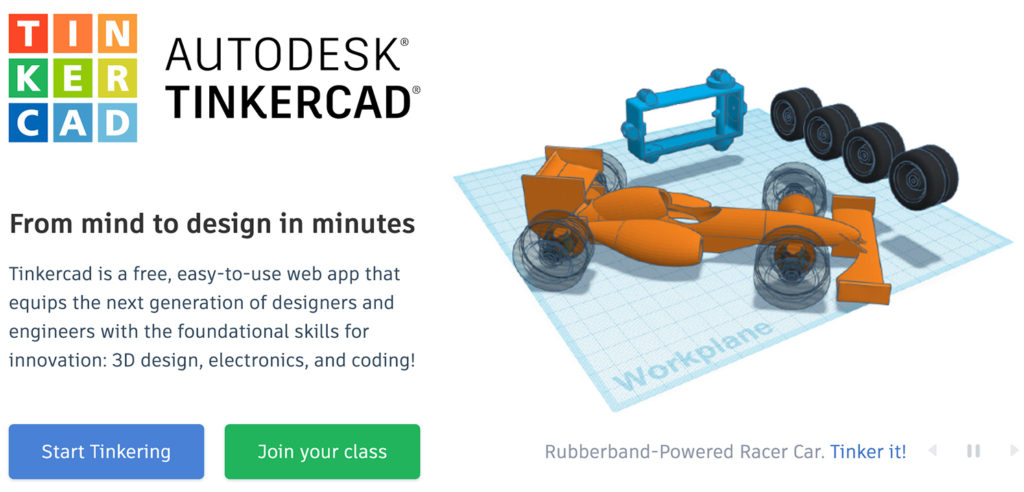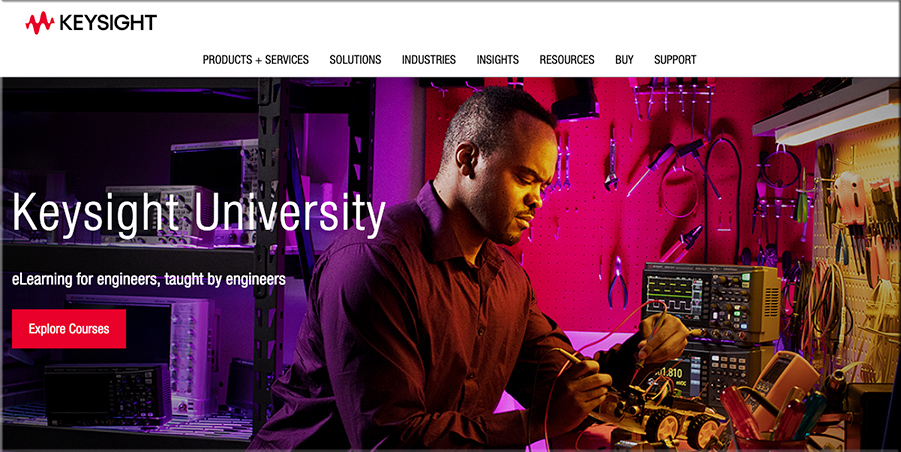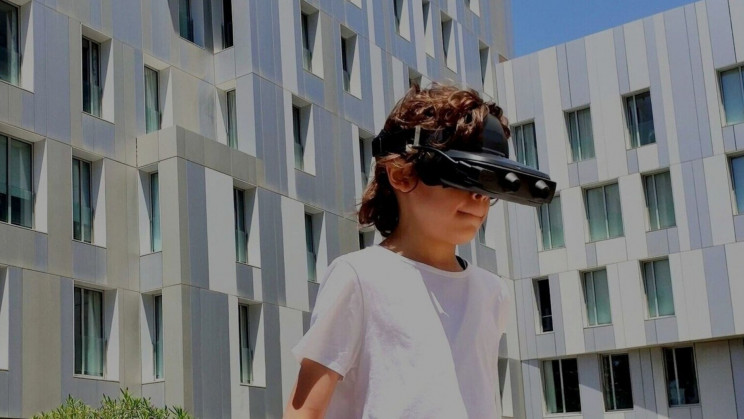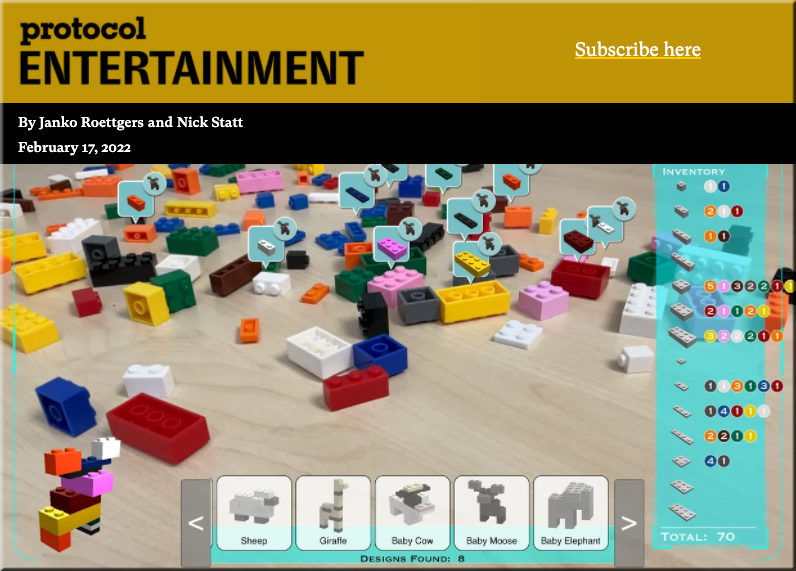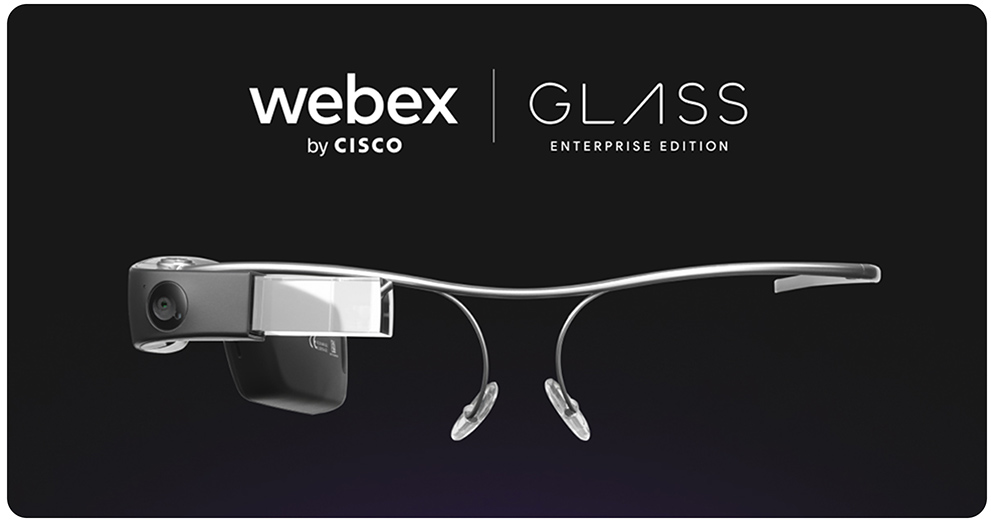Some announcements from NVIDIA today:
Nvidia unveils server CPU to challenge Intel and AMD in the data center — from protocol.com by Max A. Cherney
Nvidia’s CEO Jensen Huang announced the company’s next-generation GPU architecture and a new CPU Tuesday.
The new Grace processor is designed for AI, high-performance computing and hyperscale data center applications.
Nvidia launched a mapping product for the autonomous vehicle industry — from techcrunch.com by Rebecca Bellan
Nvidia has launched a new mapping platform that will provide the autonomous vehicle industry with ground truth mapping coverage of over 300,000 miles of roadway in North America, Europe and Asia by 2024, founder and CEO Jensen Huang said at the company’s GTC event on Tuesday.
NVIDIA Launches AI Computing Platform for Medical Devices — from hitconsultant.net by Jasmine Pennic
Nvidia Unveils AI Chips and Software, Plus Tools for Creating Virtual Worlds — by Eric Savitz and Conor Smith
Excerpt:
Nvidia is doubling down on artificial-intelligence technology that CEO Jensen Huang predicts will revolutionize every industry.
In the keynote speech for the annual Nvidia GTC conference—the acronym once stood for GPU Technology Conference, a reference to the company’s roots in graphics processing chips—Huang focused specifically on expanding the company’s portfolio of AI-focused chips and software applications.
Nvidia CEO lays out plans after Arm deal fell through, reveals new Hopper GPU — from marketwatch.com by Jeremy C. Owens
Roadmap seems little changed after chip maker ditched $40 billion acquisition of designer Arm, with new GPUs and first server CPU still on track as EV makers sign on for autonomous-driving tech
Addendum 3/26/22:
Nvidia’s Clara Holoscan MGX means to bring high-powered AI to the doctor’s office — from techcrunch.com
Addendum 3/28/22:
Nvidia’s $1 trillion ambitions draw cheers as software becomes a bigger piece of the pie — from marketwatch.com










